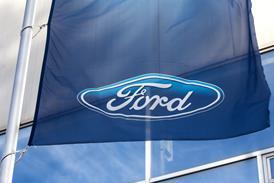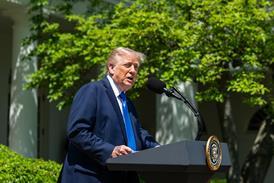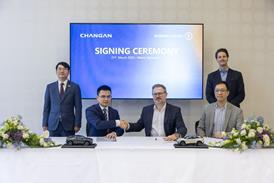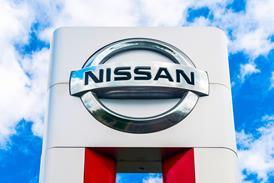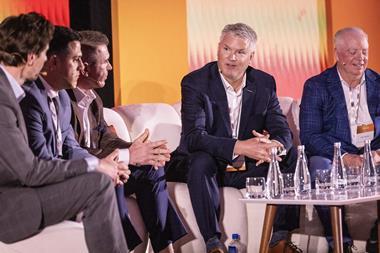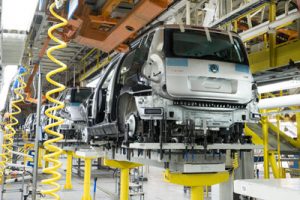 Russia’s government is considering amending its industrial assembly agreement with OEMs in a bid to boost exports, it has been revealed.
Russia’s government is considering amending its industrial assembly agreement with OEMs in a bid to boost exports, it has been revealed.
Speaking in early March, Maxim Oreshkin, Russia’s Minister of Economic Development, said that although many finished vehicles were already exported, including to Western Europe, the government had now reached a point where it needed “to reconfigure economic policy” in the area of industrial assembly in order to ensure maximum added value for products made in the country.
This reconfiguration, he said, might involve a decrease in localisation requirements (contrary to previous industrial agreements which have specifically raised the bar on localisation), in order to encourage OEMs to conduct large-scale exports. Oreshkin said he thought this approach “would be better for the country”.
Under the current version of the industrial assembly agreement, manufacturers wishing to benefit from low import duty on components have to commit to a localisation rate of at least 60% by 2018. This version of the agreement is scheduled to apply to at least 2019, at which point it might be revised or extended.
Speaking a couple of days before Oreshkin, the head of Russia’s Export Centre, Petr Fradkov, confirmed that the Russian government intended to subsidise exports of 100,000 finished vehicles during 2017. Most of the money allocated for this would be spent reimbursing OEMs for transport costs, he said. Fradkov suggested the measure would nearly double exports of finished vehicles this year, compared to 2016.
Russia’s efforts to boost exports have been welcomed by those in the market. Sergey Bobryshev, logistics director of Glovis Rus, for example, said any softening in localisation levels could have a substantial effect on exports of vehicles.
He said most manufacturers already had well-established networks in place to support finished vehicle exports, adding that a real rise in exports of knockdown kits would also be possible. More specifically, he said, with the easing of legislative requirements between the two recently, Russia’s OEMs could establish exports of kits to Kazakhstan –already the largest export market for finished vehicles.
A similar opinion was expressed by Nikita Pushkarev, commercial director of Gefco Russia, who said the country’s government was now doing a lot to support exports of finished vehicles. Pushkarev said that according to his company’s understanding, the government was currently preparing a decree covering 11.8 billion roubles (US$206 million) of subsidies for finished vehicle exports this year.
Pushkarev suggested that focus should also be brought to bear on making the distribution of finished vehicles in Russia more efficient. Based on the company’s experiences with a number of large carmakers, he said, optimisation of logistics processes could bring about huge savings, driving both productivity and competitiveness up. According to estimates by Boston Consulting Group, he stressed, logistics still accounts for 20% of Russia’s GDP, compared to just 7-8% in most European countries.
During 2016, sales of light passenger cars in Russia reached only 1.3m units – far below the 2.5m units some in the market have suggested will be necessary for the country’s automotive sector to break even, noted Pushakarev. Even with a projected rise in sales of 30%, the country’s market will not have reached this point by 2020, he said, underlining the fact that there is plenty of spare production capacity with which to boost exports.
Russia’s government is planning to subsidise up to 80% of the cost of transport for exports, he said, covering transport both within Russia and beyond. Even with this, however, further help is needed, said Pushkarev – in particular in terms of reducing the customs burden for exports to key automotive importing nations.
Colin Lawther, Nissan’s senior vice-president for manufacturing, purchasing and supply chain management in Europe, said any lowering of localisation requirements would be a good thing, because Russia’s first tier supplies were so far not offering components any more cheaply than foreign suppliers.
He said components produced in Russia and supplied to the company’s plant in St Petersburg were just as expensive as those manufactured in Europe, despite the longer supply chain and customs duties involved with the latter. In this sense, said Lawther, Russia’s components manufacturers still had some way to go before they were competitive enough to support the development of stronger vehicle exports.










